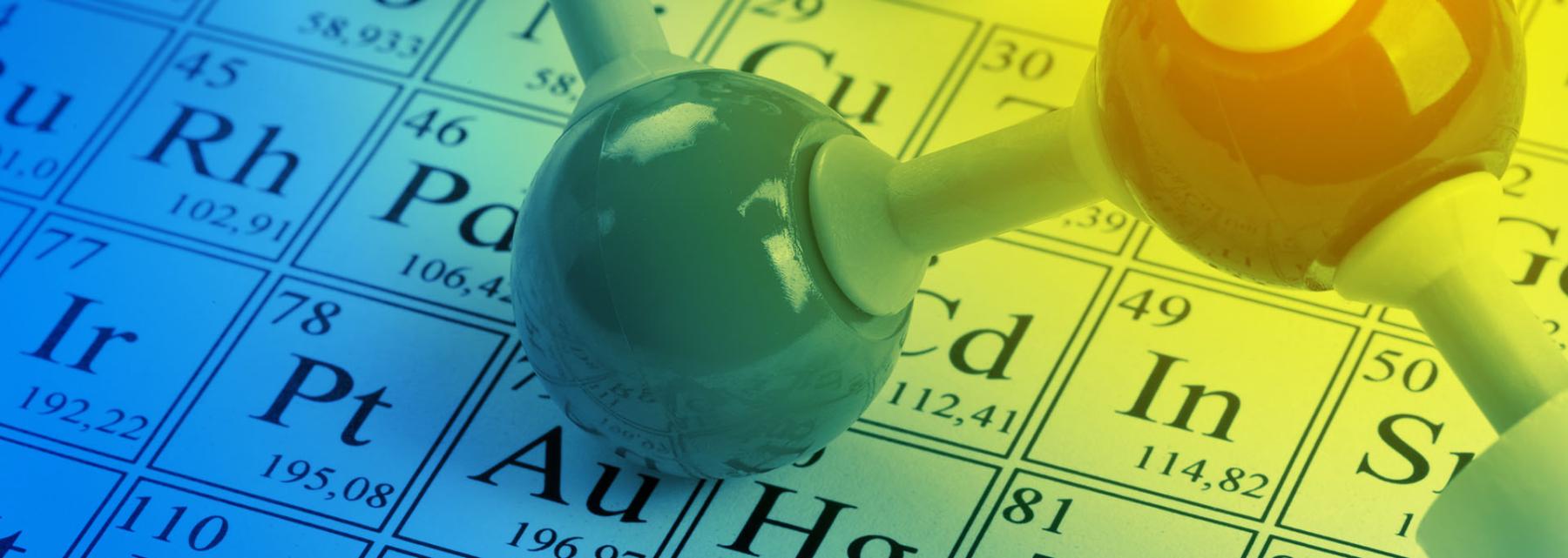
Exploring Molecular Geometry with PhET Simulation
by Jovencio III Jr Tierra
In this engaging and interactive lesson, high school students (grades 10-12) will explore the fascinating world of molecular geometry using the PhET "Molecule Shapes" simulation. The lesson is designed to enhance students' understanding of how molecular shapes are determined and the importance of bond angles in defining the physical and chemical properties of molecules. Students will then delve into the PhET simulation, where they can manipulate molecules to observe how different numbers of atoms and lone pairs influence molecular geometry.
Lesson Plan Link/URL
https://docs.google.com/presentation/d/1gJa0xdn2nItvuWnRjpP1xH_52KGXPfYd/edit?u…Subject Area
Science Physical Science P1: Matter Technology 1. Empowered Learner 2. Digital Citizen 3. Knowledge Constructor Mathematics Geometry (G)
Featured
Off
Related Content

Grades:
3rd Grade, 4th Grade
In this lesson, 3rd and 4th-grade students will explore the life cycles of various animals using technology to enhance their understanding. Students will research the stages of an animal's life cycle

Grades:
9th Grade, 10th Grade, 11th Grade, 12th Grade
This lesson is focused on solar energy, students engage in a hands-on exploration of photovoltaic cells, motors, and light bulbs to investigate the correlation between light intensity and solar power

Grades:
9th Grade, 10th Grade, 11th Grade, 12th Grade
In this lesson plan, high school students will explore the concepts of AC and DC currents through hands-on experimentation. The lesson begins with a brief discussion on the fundamentals of alternating